Smart Cities Collaborative hits the ground running in year two
Returning in a bigger fashion than the first year with 23 cities instead of 16, our Smart Cities Collaborative picked up where we left off with the launch of year two last week in Denver, CO.
It’s only been a few short months since we wrapped up the first year of the Collaborative, but we’ve still seen significant developments in how new and emerging technologies are reshaping the right-of-way and curb space. One instructive example is what’s currently happening in cities with dockless bike- and scooter-sharing systems—and how fast it’s happening.
When our first cohort of 16 cities gathered in Minneapolis on the day after the presidential election in 2016, there wasn’t a single dockless bikesharing system operating in any of these 16 cities. As pilot projects launched in Seattle, Washington, DC, and others in 2017, it became clear that dockless would have huge impacts in the year to come.
With huge pilots underway in multiple cities, dockless bikesharing will be THE bikesharing story of 2018: https://t.co/syP36GyP0k
— Transport. 4 America (@T4America) October 27, 2017
Nine months later and dockless is certainly a growing fixture in scores of cities. This might have been an obvious prediction, but even we didn’t quite see the scooters coming so fast. Less than 18 months after that first Collaborative meeting, dozens of cities are now scrambling to develop new approaches to dockless scooters (as well as the bikes) that are rapidly expanding on their streets and fighting for scarce curb and sidewalk space, but also providing popular new mobility options for getting around our congested cities.
In 2016, Uber (and Google’s Waymo) were just dipping their toes in the water on testing automated vehicles (AVs). Lured to Arizona by a friendly (i.e., mostly just non-existent) regulatory environment, they both started testing AVs in mid to late 2016 with relatively small fleets of cars, which have quickly grown to hundreds on the road in Arizona (and elsewhere). But now, cities (and states and Congress) are determining how they should proceed in the wake of the first fatal AV crash in Tempe, AZ.
This is the pace of change that cities are dealing with when it comes to urban mobility and technology: Completely new mobility models from concept to widespread rollout in less than 18 months.
Standing still or just waiting to see how things develop simply isn’t a viable strategy for cities that want to harness this change for the benefit of their cities and their residents. They have to be proactive.
That’s why over 60 participants from 43 agencies representing 23 cities came to Denver last week for the kickoff meeting of the Collaborative’s second cohort.
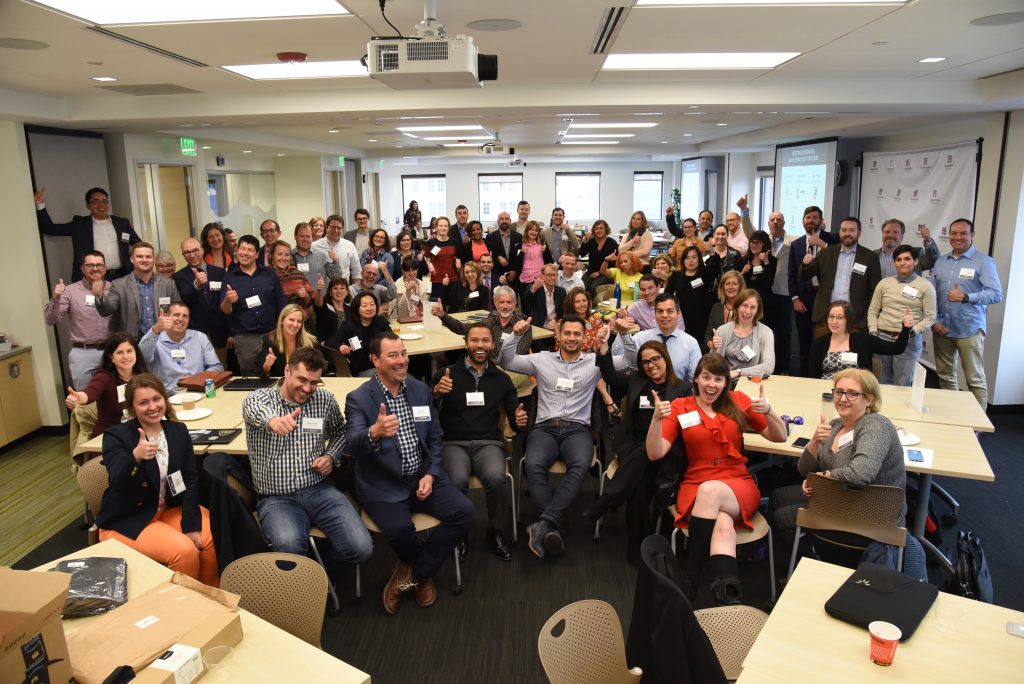
Though this new cohort brought scores of new faces to the Collaborative (thirteen cities from last year returned), the spirit of collaboration and cooperation carried over in full. From the moment participants arrived from the airport in to Denver’s Union Station, they quickly and easily engaged with one another about the challenges they’re facing in their cities, the projects they’re working on, and started getting to know each other.
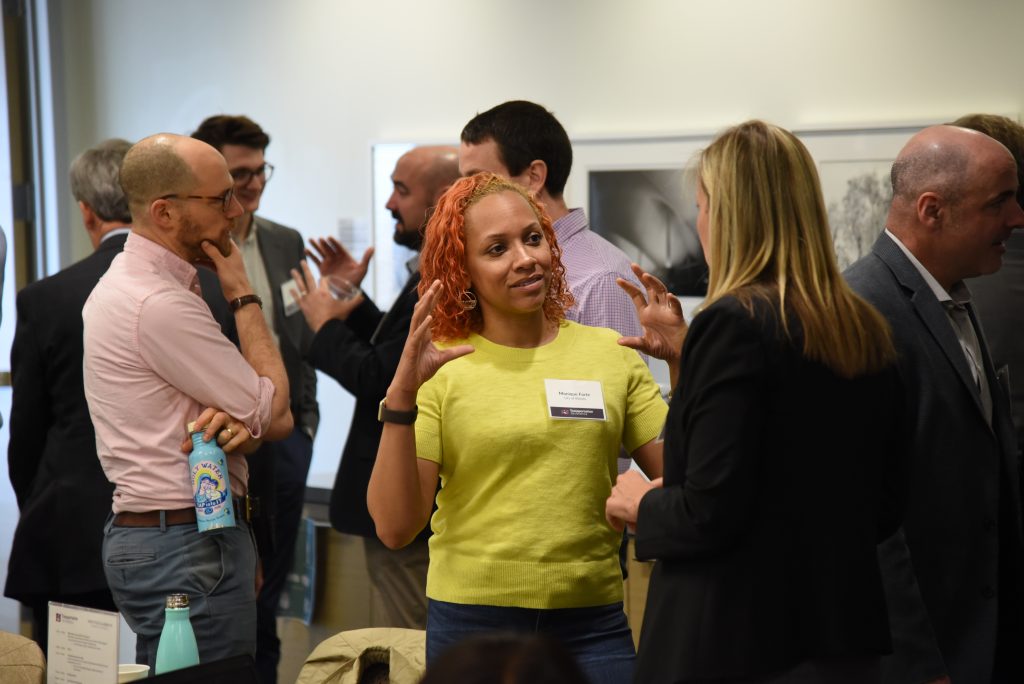
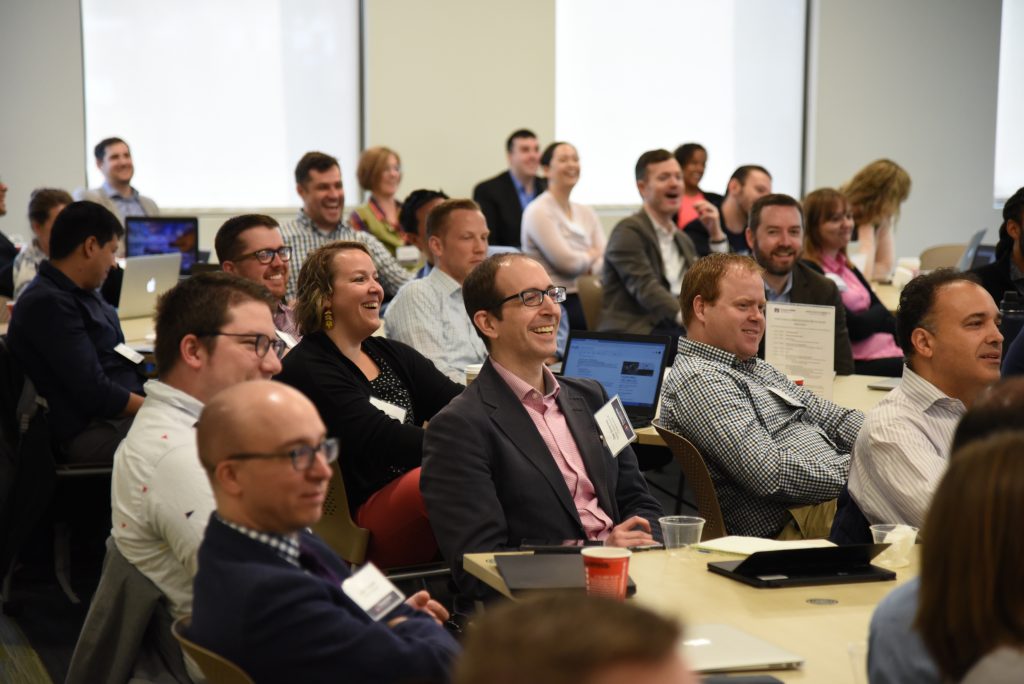
Similar to our first kickoff meeting in Minneapolis last year, the goal of this meeting was to get participants to know one another, identify the challenges they’re trying to solve, and develop tangible action plans for the year — not just to set goals, but also to identify areas for collaboration with other cities.
We were incredibly lucky to have Denver Mayor Michael B. Hancock stop by to welcome everyone to the city, and also ground us with a reminder that the core purpose of this work is to make our cities better places to live for everyone — not just for a privileged few.
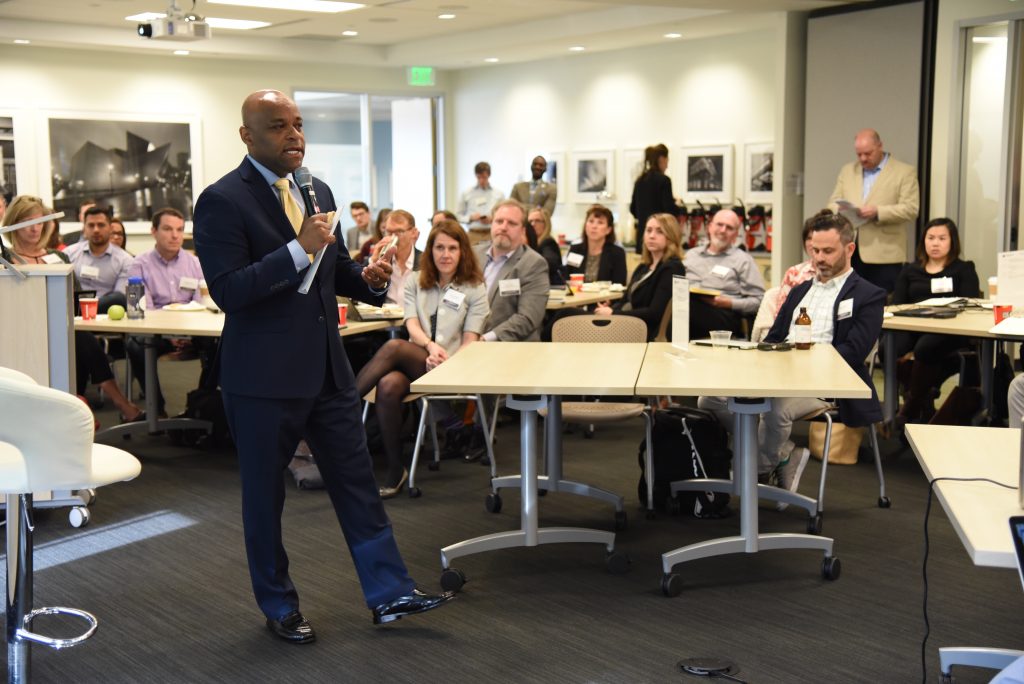
“This is much broader than just ‘what does the road look like,’” Mayor Hancock said. “It’s also an opportunity for us to lean in and lead with our values and be inclusive. And making sure that those people who are most challenged in our communities have an opportunity to raise themselves up by lifting those burdens of the cost of housing and transportation off of their shoulders,” he concluded.
Unlike last year, where some cities were still figuring out their projects during our kickoff meeting, many of the participants arrived in Denver with a much clearer idea of what they plan to work on over the course of this year.
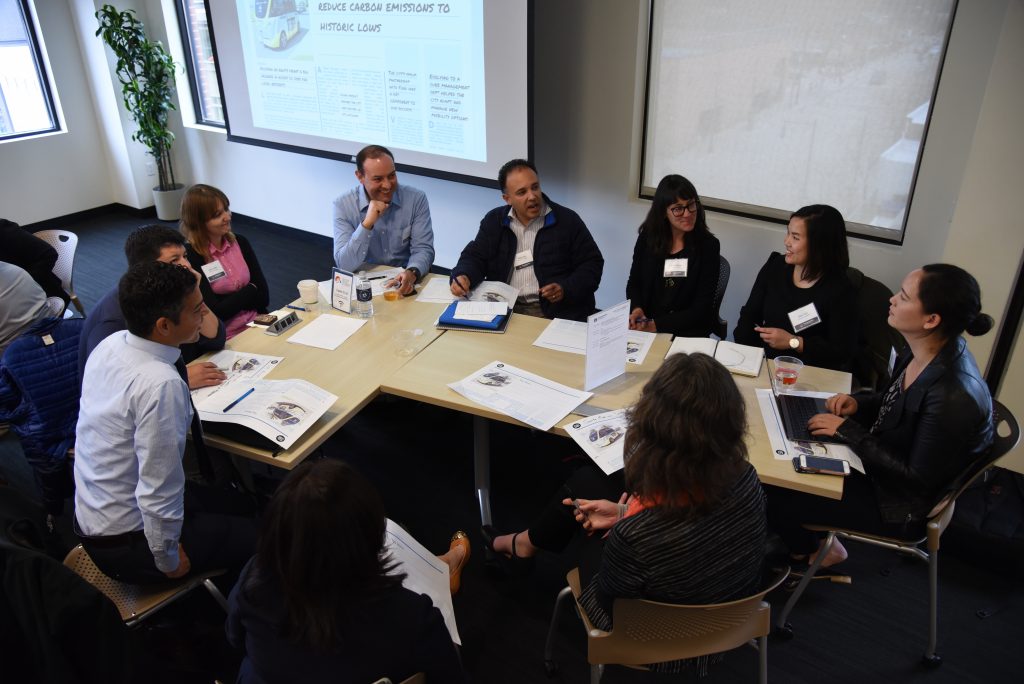
But instead of diving straight into the details of these projects, we took a step back to get participants on the same page for talking and thinking about these projects, and to make sure their projects had a clearly identified problem and outcome in mind. That’s why we’re perpetually asking, “What problem are you trying to solve?” because we all too often rush straight to the solution or a specific piece of technology.
Throughout the first day, the experts and panel discussions and conversations focused on the bigger picture of where technology is going, what trends are real (or not real), and why collaboration is vital for having any chance to stay ahead of the curve. Participants also identified the long-term vision for their city and, reflecting Mayor Hancock’s comments above, discussed strategies for improving equity through their projects, and hard-coding that goal into all of their processes.
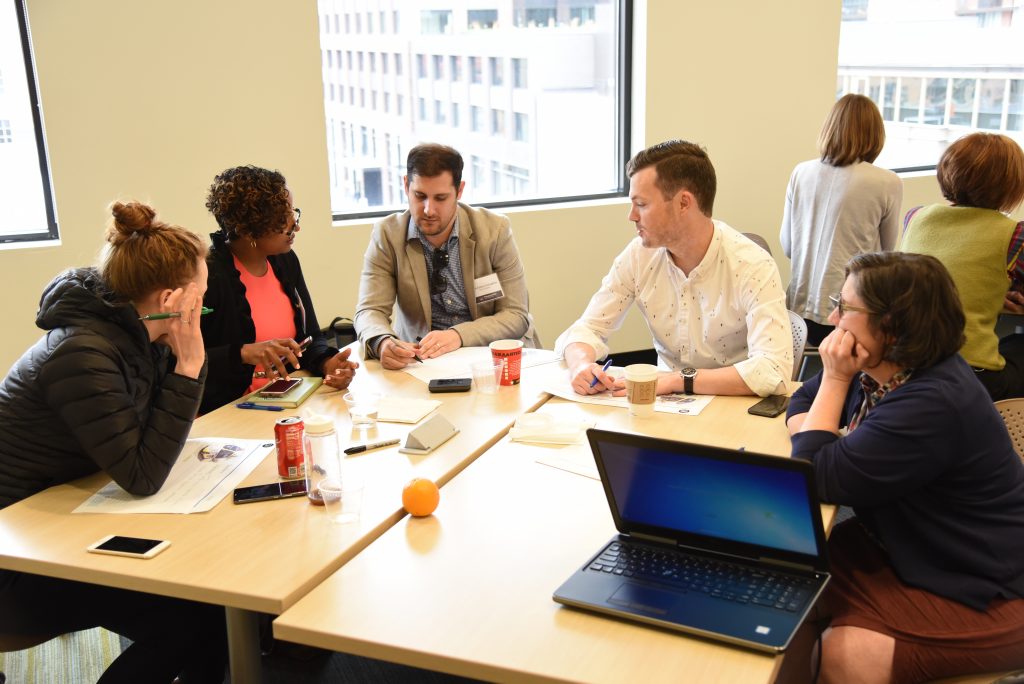
Having set the tone in day one, teams from each of the cities spent the bulk of the second day developing their action plans for the coming year. But in keeping with the modus operandi of the Collaborative, they started hashing out their action plans in a cooperative format with 10-12 people from other cities who are working on a similar specific issue, such as a dynamic curb management pilot project.
This helps connect them directly with their peers who are working on similar issues and see where opportunities for greater collaboration exist. And it’s hard to overstate how valuable these structured (and unstructured) opportunities are for connecting with peers facing similar challenges in other cities.
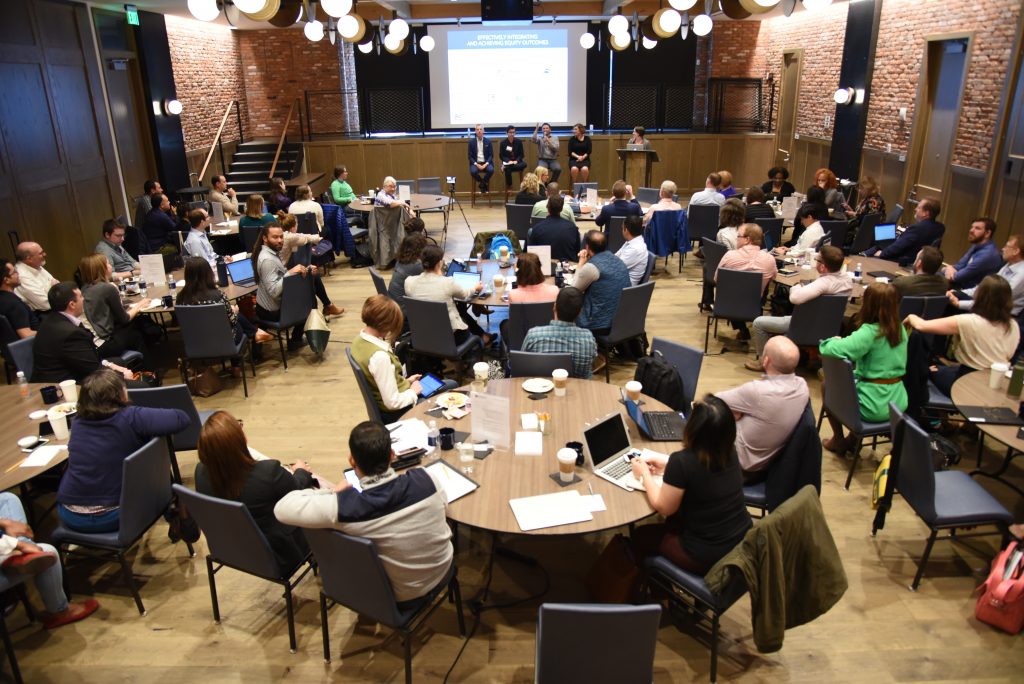
There’s no need to reinvent the wheel. If one particular city has made progress in rolling out a new strategy to better manage curb space, or a new pilot program for flexible delivery zones, for example, other cities can and should replicate their successes and learn how to avoid the pitfalls others encountered along the way.
They only had a few hours to develop them, but the cities’ action plan presentations were sharp, focused, and calibrated to tackle their real problems with real outcomes in mind over the next year. Presentations covered a wide range of topics: permitting processes for dockless bikeshare and scooters, loading zone pilots for ridesourcing and delivery vehicles, first-mile/last-mile microtransit pilots, new performance metrics to assess “transportation happiness,” and much more.
Like last year, this year’s cohort has an enthusiasm and excitement to collaborate with one another and collectively shape the future of transportation. It was a busy two days, but participants stuck around at the end of the meeting to weigh in on their projects with one another, ask questions, and exchange information for future conversations.
Representing metro areas that are collectively home to almost a full third of the US population (and a huge chunk of Canada via the inclusion of Toronto), the decisions these leaders are making will affect how we think and talk about transportation for years down the road. After this first two-day stretch with this new group of 60+ leaders, we’re confident that they are headed in the right direction when it comes to navigating the rapid changes coming to urban transportation.
We’re looking forward to being part of this conversation and to our next in-person meeting of the Collaborative this July in Seattle.
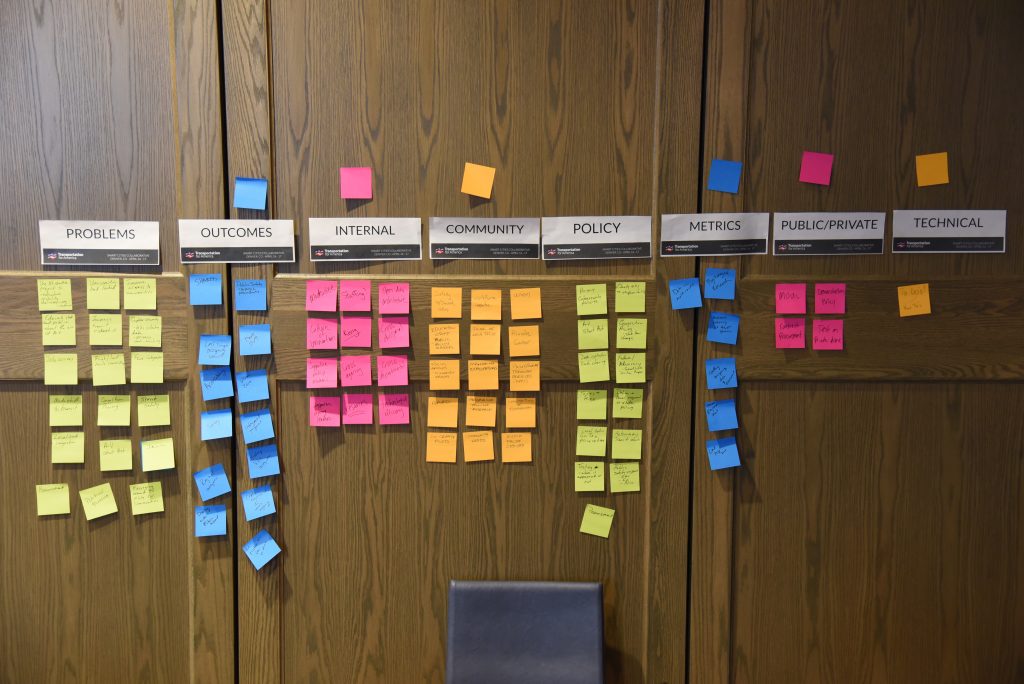
This post was written by Transportation for America’s Rob Benner and Steve Davis.



















